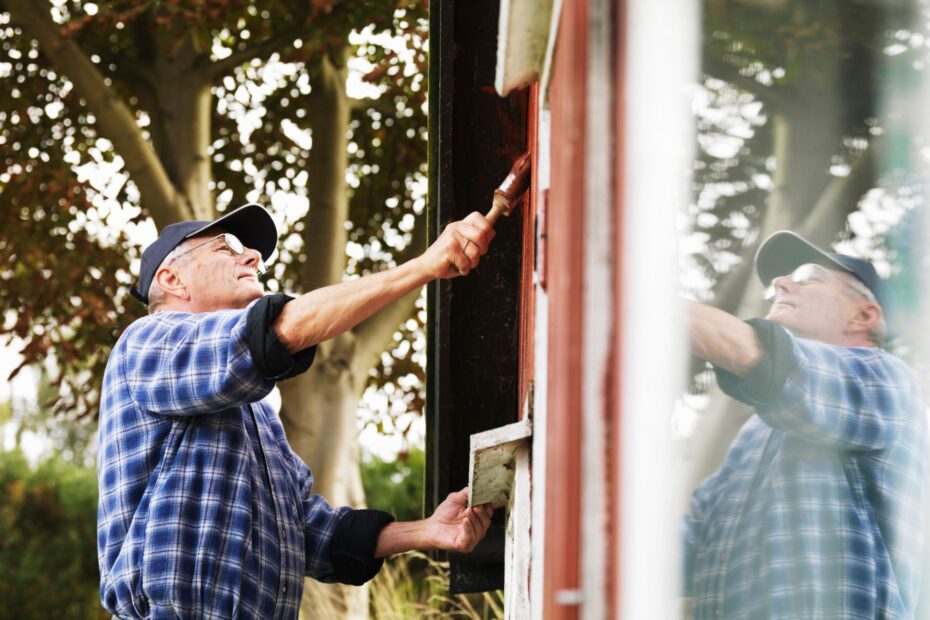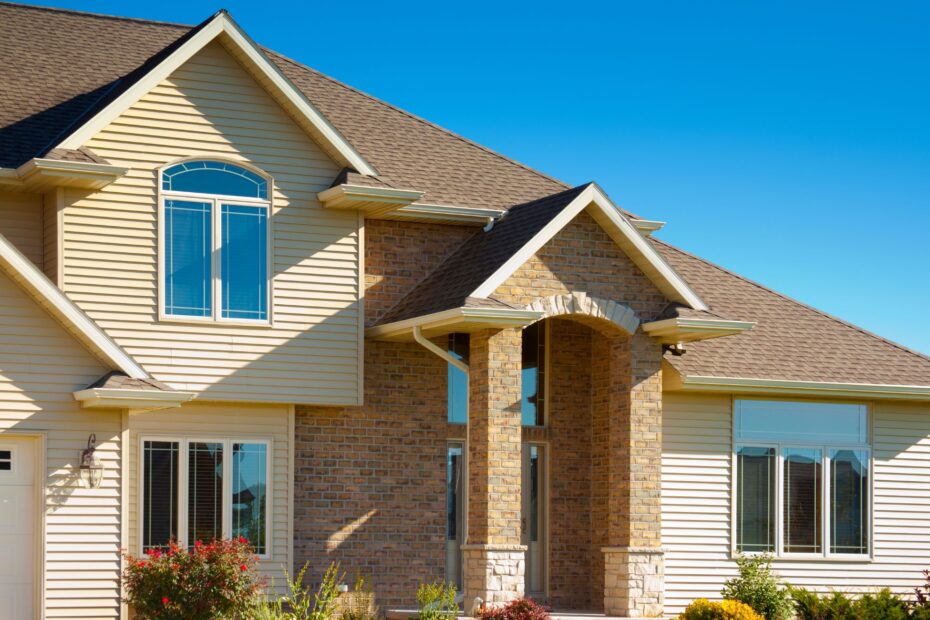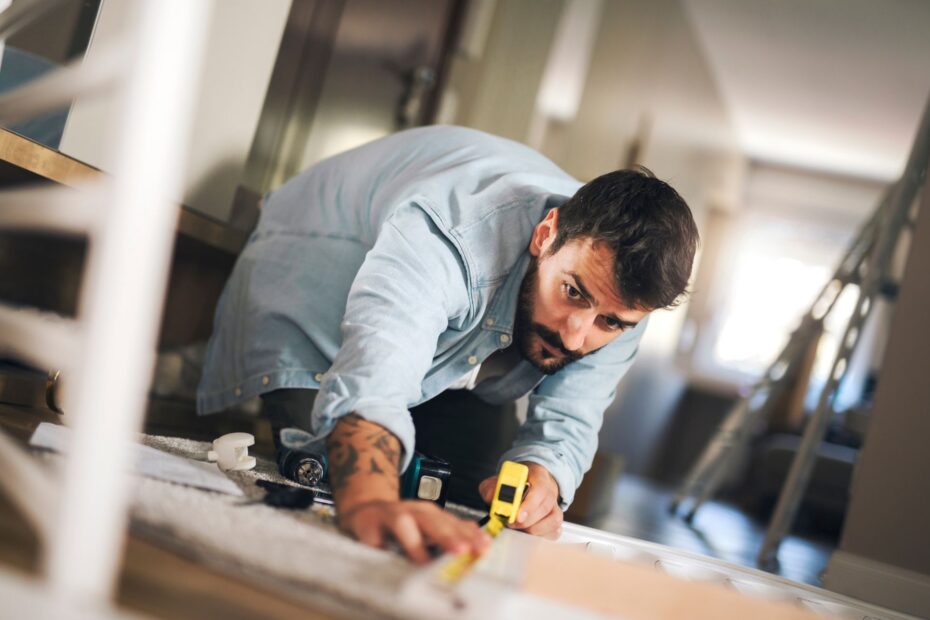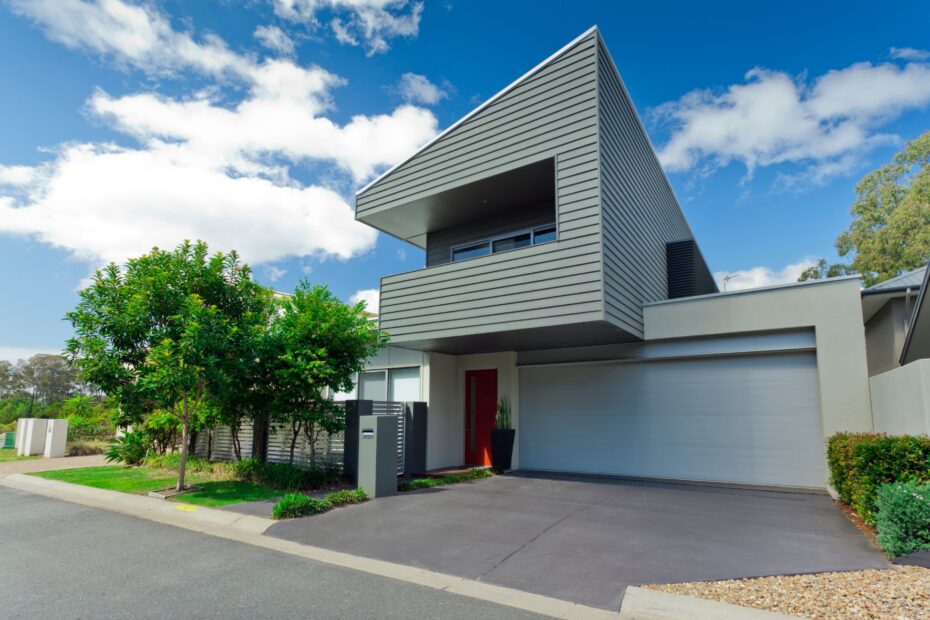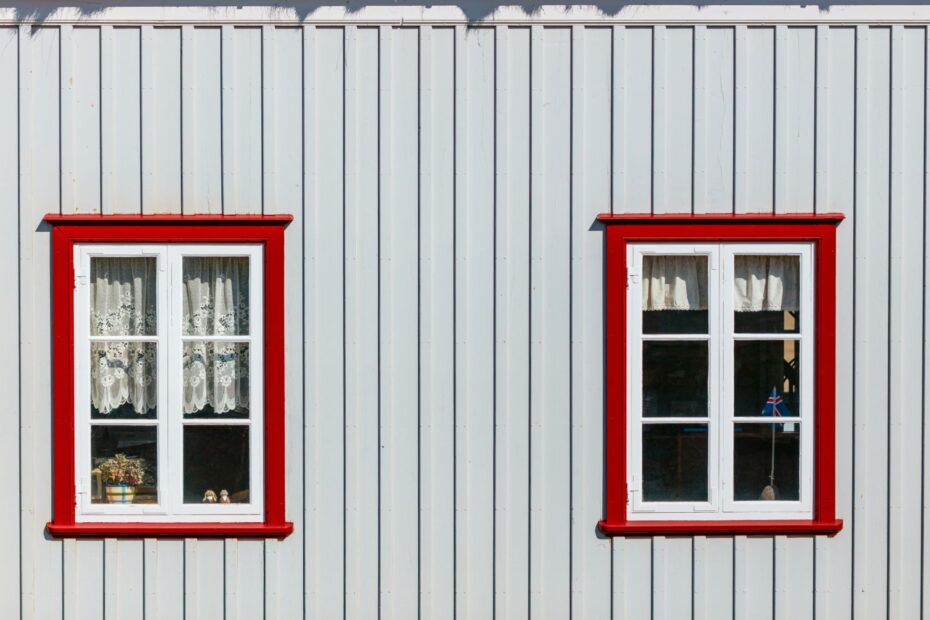Board and Batten vs Lap Siding: Which Is Best for You?
When comparing board and batten vs lap siding, the choice comes down to more than just style, it’s about durability, maintenance, and how well each option fits your home’s architecture and climate. Board and batten delivers vertical lines with a modern farmhouse charm, while lap siding offers timeless horizontal appeal that suits many home designs. Both are available in materials like vinyl, fiber cement, and wood, each with unique costs and upkeep needs. This guide explores the differences in style, performance, and value to help New Jersey homeowners select the siding that’s right for their budget and lifestyle.




